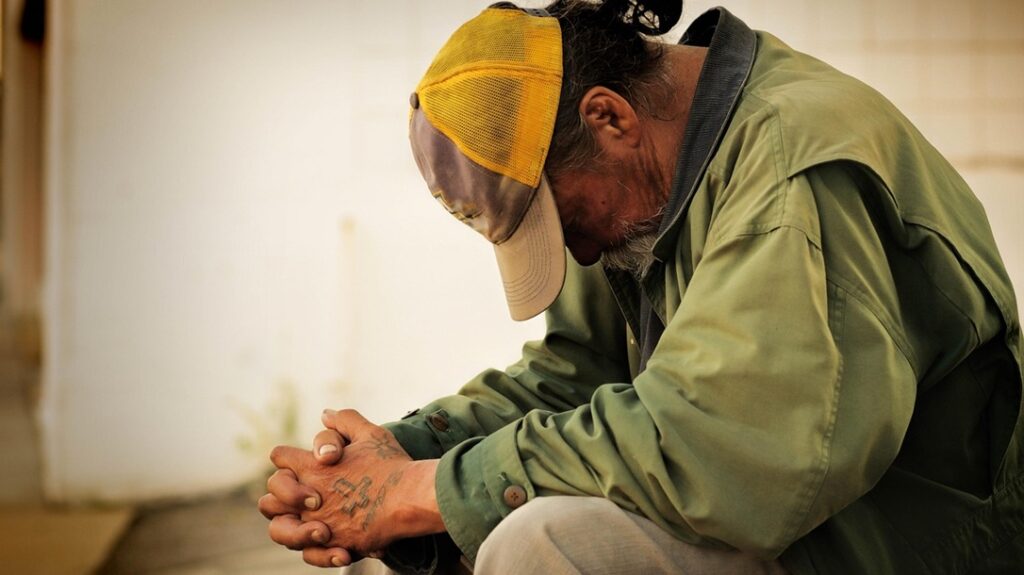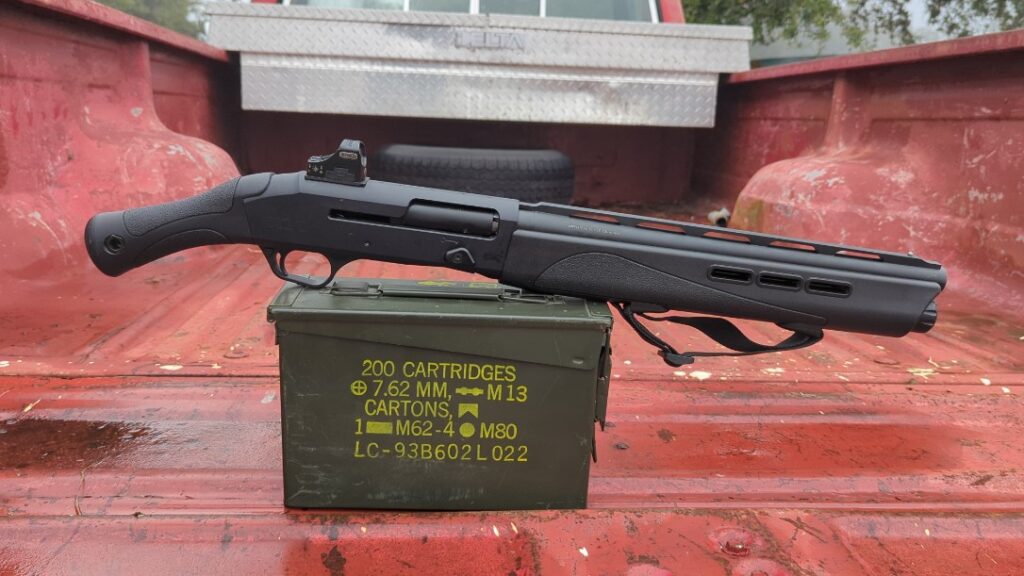A recent editorial by Branas and associates appeared in JAMA Psychiatry: “Beyond Gun Laws—Innovative Interventions to Reduce Gun Violence in the United States”. They give a bit of a positive message—interpersonal interventions to reduce violence can be helpful.
The authors cite a review from the sociology literature finding that starting small, local organizations focused on community improvement led to crime reduction. More specifically, they found a significant reduction in violent crime and murder. In describing these results they underline the generally known but often overlooked fact that in the US the rate of crime has been going down for more than twenty years.
Advertisement — Continue Reading Below
On a much more negative note, the editorial accompanies a preceding piece in the same journal bewailing the misery allegedly caused by guns—you know, those nasty metal things that think and act on their own. The editorial is rife with the term “gun violence,“ used with the same degree of thought show by cartoon parrots saying “Polly wants a cracker.“ It’s almost as though violence is OK as long as it’s not “gun violence.“ Presumably Cain wouldn’t have killed Abel it he didn’t have that assault rifle. And the authors hope nobody remembers Lizzie Borden.
Their editorial begins in a fashion familiar to those of us who keep an eye on anti-Second Amendment publications. They tell us about what they see as the high rate of “gun homicide“ and “gun suicide“ in comparison to other countries. Of course they don’t compare the US rates to those of every other country. In such a comparison the U.S. rates are low. No, they pick eight other countries for comparison, out of the world’s 193. Would it be cynical to believe they chose those eight knowing that their rates were particularly low?
In the next sentence they talk about deaths “caused” by guns (even though we know they’re caused by people using guns) as being “a uniquely U.S. crisis”. A more objective observer might see it as not a crisis (apparently no one sees 600,000 cancer deaths a year as a crisis) and not unique to the US. To pick a handy comparison, what about people in Mexico being killed by folks with guns? And, by the way, that’s a country with strict laws on firearm possession. The idea of a crisis is also undercut by the steadily declining U.S. homicide rate noted above.
Advertisement — Continue Reading Below
A few lines later the authors note, no doubt honestly, that when they think about how to deal with what they believe to be the crisis: “a first consideration is inevitably laws and law-enforcement.“ While they bemoan the difficulty of passing new legislation to restrict the right to keep and bear arms, a more reasonable perspective is that in many ways the system is working and our constitutional rights, to a considerable extent, remain protected.
Indeed, the authors hold that “the scientific and medical communities can no longer be at the mercy of US state and federal legislators”. How many of us would sign up to live in a country run by “the scientific and medical communities” instead of elected representatives? They see these groups having to take second place to elected officials as a “forfeiture.”
This is the stuff of which horror films are made.
Advertisement — Continue Reading Below
.
.
—Thomas E. Gift, MD is a child and adolescent psychiatrist practicing in Rochester, New York, an associate clinical professor of psychiatry at the University of Rochester Medical School, and a Distinguished Fellow of the American Psychiatric Association.
















